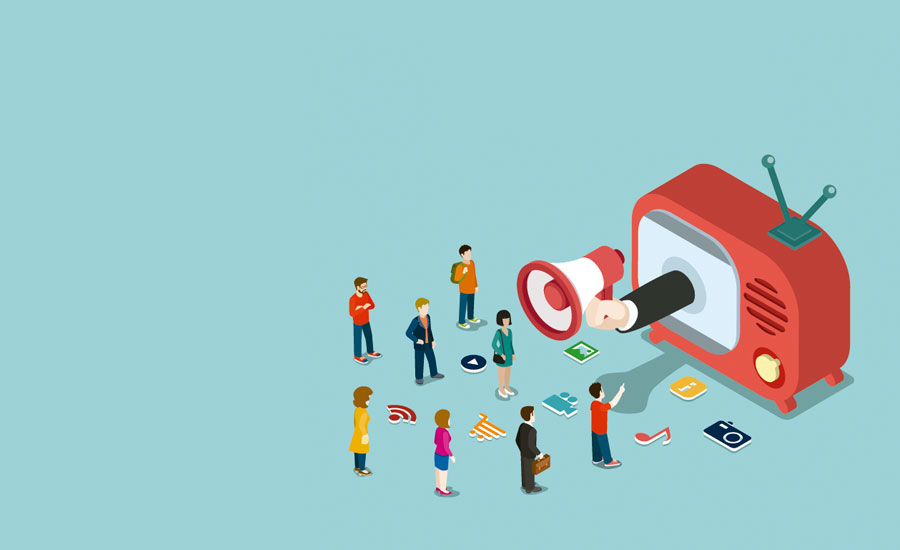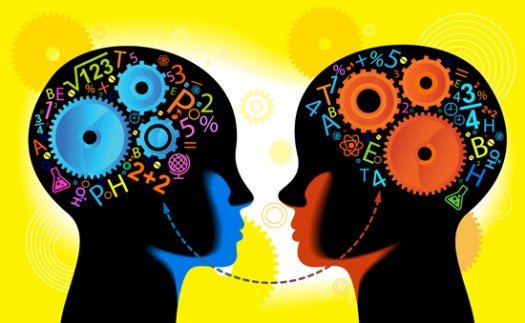How does advertising influence our behavior?

Advertising, although very few we like, occupies a considerable time / space in television broadcasts. Too often we are invaded with ads whose sole purpose is to sell us a product or service. And when we go out on the street we do not get rid of them, the advertising messages are everywhere (posters, billboards, luminous signs, banners ..). So we can not deny that we live surrounded by advertising. Neither does this, in any way, influence our behavior.
But how does advertising influence our behavior?
Advertising is the mass dissemination of image messages and promotion for commercial purposes. These messages are designed to persuade us and encourage us to buy certain brands. And how do they drive us? Influencing our interests, concerns, motivations and feelings. For this they have psychological counseling, which applies psychology to marketing based on the most typical social profiles of our society. And apparently, it works. They even convince us without us noticing. In fact, according to the Practical Manual of Marketing, advertising aims to change, through a message, the behavior of a consumer.
Empathy
They create messages, situations, with which we can feel identified. If consumers identify with the brand, it will represent more than just a name. An emotional link has been created between the consumer and the brand.

Los niños, jóvenes y adolescentes son los más susceptibles, puesto que su personalidad todavía se está definiendo. De hecho, si hay algo que caracteriza a la adolescencia es la necesidad de definirse o sentirse identificado con algo o alguien. Y ahí están los anuncios publicitarios abarcando temas como los estudios, discrepancias entre padres e hijos, rebeldía, amor, música, velocidad y deporte, entre otros. Todo ello con el objetivo de publicitar moda, coches, tecnología y bebidas energéticas.
Cabe decir que la publicidad pretende reflejar una juventud dinámica y con un gran poder adquisitivo. ¿Por qué? porque los jóvenes acomodados son los potenciales consumidores.
Miedo
Muchas veces nos infunden miedo e incertidumbre para vendernos un producto que, supuestamente, nos proporcionará seguridad y tranquilidad. Eh aquí algunos ejemplos:
¿Tienes el colesterol alto? pues tienes que cuidarte, la salud de tu corazón es muy importante. Este producto te ayudará a bajarlo.
¿Tienes objetos de valor en casa? cuidado, podrían entrar a robar. Instala un sistema de alarmas.
Fumar aumenta las probabilidades de padecer cáncer de pulmón. Deja de fumar con la ayuda de…”
Esta estrategia también se utiliza en campañas políticas.
Exclusivity and power
One of the most used marketing strategies is exclusivity. Many people want to feel different, authentic and special. That is why messages like "those who buy this product are part of a small but exclusive group". Nothing is further from reality, since its goal is to reach as many people as possible. And how do they succeed? They resort to stereotyped social roles.

Other people prefer to feel important and powerful. What does power suggest? A high social status. So a message like "people with glamor driving a car like this" can be very persuasive.
Colors
We know that colors convey feelings. Some examples:
The green, the color of fresh grass, is associated with nature, freshness and health. It is ideal to promote "healthy and natural" food brands (although natural, have little). For the same reason it is used in cleaning products which are supposed to be environmentally friendly. And it is not surprising that pharmacies have adopted a green cross as an identifying symbol.
Vivid colors suggest energy, vitality and youth. Here are the ads starring young people who practice extreme sports and hold in their hands an energy drink whose packaging is intentionally eye-catching.
White, a classic, transmits purity, hygiene and tranquility. The perfect color to advertise cleaning products (houses where white predominates, whether on the floor, walls or furniture). The tranquility is necessary to sleep well, that's why the white appears in ads of mattresses.
Contours and shapes are also taken into account.
How does advertising affect society?
Advertising messages contain social roles that end up conditioning our behavior. Loving grandmothers who enjoy cooking for their grandchildren ("healthy" and good food), beautiful, thin women obsessed with their "open ends" (masks, shampoos), men who enjoy good social status (car, watch) Invites us to adopt values and behaviors that encourage non-differentiation. In this way, stereotypes are perpetuated that have been awarded to men, women, children and the elderly. Advertising also imposes an ideal in terms of physical image and lifestyle.

Advertising messages suggest that we will achieve happiness by consuming certain products and services. The one who is influenced by advertising will try to achieve happiness by imitating that character who is satisfied with his life and who, of course, buys that product.
Contrary to what might be expected, all this is part of a very slow process: for years we are exposed to slogans or images that, little by little, condition our behavior. According to Albert Bandura, who studied the influence of advertising on the behavior of young people and adolescents, the process by which they model their personality is very similar to the learning process and consists of three phases: observation, imitation and reinforcement.
That is why we can not deny the great influence of advertising in our lives, especially in our Western society. Like it or not, most of us are, in one way or another, the product of advertising.
References:
Papeles del psicologo
Militak
Psikolokospucp

Yep..you are right. Following and resteeming this post.
thanks @brejinrai